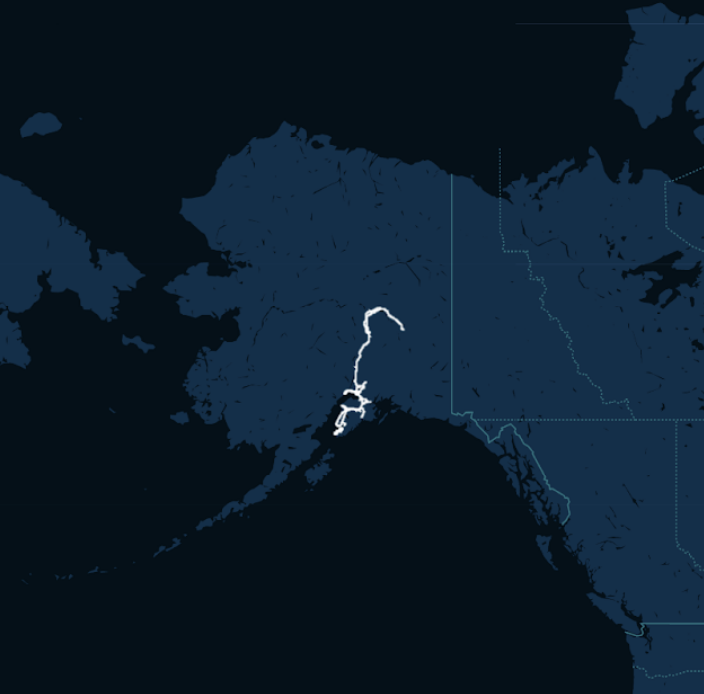Context
Background
Global warming currently presents a pressing challenge. Compared to the global average, temperatures are rising at four times the rate in Alaska. Carbon emissions to meet energy needs contribute to Alaska’s increasing temperatures. Therefore, there is a huge and increasing urgency to decarbonize energy sources, particularly in Alaska. In order to reduce the accelerating impacts of climate change reductions in emissions are vital and national and local decarbonization is critical.
 Our research initially focuses on Alaska’s electrical Railbelt region, comprised of the service areas of six regulated public utilities that extend from Fairbanks to Anchorage and the Kenai Peninsula. Since residential and commercial heating makes up a large part of global warming contributions– as well as the primary energy use in Alaska– understanding the current state of heating needs is vital in reducing energy demands.
Our research initially focuses on Alaska’s electrical Railbelt region, comprised of the service areas of six regulated public utilities that extend from Fairbanks to Anchorage and the Kenai Peninsula. Since residential and commercial heating makes up a large part of global warming contributions– as well as the primary energy use in Alaska– understanding the current state of heating needs is vital in reducing energy demands.
This project aims to drastically improve the ways heating loads are estimated in Alaska. The state of Alaska has unique needs and challenges compared to the rest of the U.S., such as less centralized energy, a culture of independence, and overall colder temperatures. The lack of centralized energy information is a key reason for this project in the first place. Filling this data gap to better understand the current state of energy and heating needs in Alaska is a key goal of this project.
We take a geospatially informed approach. This means we use large-scale satellite data to get information with high granularity. Heating load calculations for buildings are estimated in British thermal units (BTUs) per year and BTUs per year per square foot. In order to calculate heating loads using a geospatial approach, we use local climate conditions and building features such as heights, base areas, and age.
Goal
We aim to develop a model that predicts heating loads for residential and commercial buildings on the Alaskan Railbelt. Our work is in contrast to current scholarship and research for the Alaska region.
Current work focuses on time-intensive, micro-level approaches: researchers take measurements, install meters, and wait for month for results from individual buildings – since this approach has been the only one yielding results. In contrast, our top-down, large-scale approach allows us to estimate the heating needs for large parts of Alaska at once.
Experts
Understanding current scholarship on heating needs in Alaska was critical to orient this project. Our team conducted meetings and interviews with subject-matter experts. These included individual interviews with researchers from the National Renewable Energy Laboratory, scientists, and Alaska-based heating experts. Additionally, the team met with a group of experts whose researchfocuses on heating needs in Alaska.
Engaging subject experts gave the team a better understanding of the technical aspects associated with heating needs in Alaska, as well as potential social, interpersonal, and ethical implications of this work.
This project has immediate application opportunities, since it enables researchers to do large-scale calculations for Alaska, which was previously not possible. Additionally, these results can be used for sustainability and decarbonization policy implementations. Lastly, this approach can be expanded to the greater Arctic region, which shares similar data availability and climate challenges to Alaska.